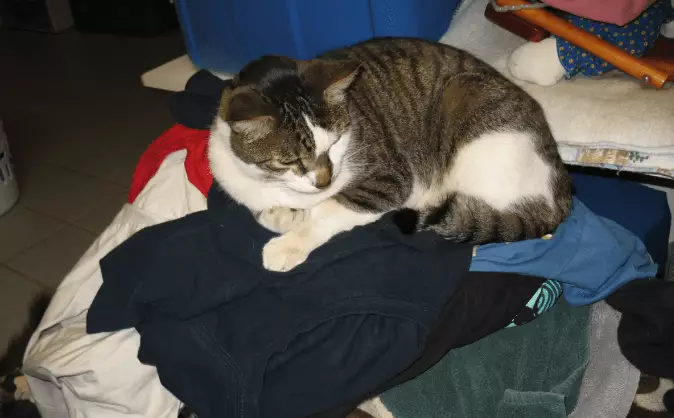Cats are often regarded as enigmatic creatures, their behaviors rich with quirks that sometimes baffle even the most devoted pet owners. Rather than merely viewing these traits as oddities, recognizing that they stem from deeply rooted instincts can transform our relationship with felines. Cats have developed distinct preferences, not just out of caprice, but as a continuation of their survival tactics inherited from their wild ancestors. This subconscious drive to seek familiar, secure environments manifests in their choice of sleeping spots, favorite fabrics, and even the items they claim as their own territory. Appreciating this evolutionary backdrop allows us to better interpret and accommodate their individual needs.
What sets cats apart from many other domesticated animals is their strong inclination towards personal space and pattern recognition. They develop routines that offer predictability, helping them feel safe amidst the chaos of human existence. For owners, this means recognizing that a favorite perch or a particular blanket isn’t just a comfort but a vital part of their mental well-being. The subtleties of feline preference reveal a desire for control and security, echoing their ancestral survival instincts where choosing the right hiding spot or high ground could mean the difference between life and death.
The Power of Scent and Its Role in Feline Comfort
A critical but often overlooked aspect of a cat’s environment is scent communication. Cats rely heavily on pheromones to signal safety, territory boundaries, and social bonds. These scent markers serve as silent messages, conveying reassurance to a nervous or uncertain feline. When a cat chooses to rest on your clothing, it’s not merely about comfort, but a complex act packed with meaning. Your scent acts as a security blanket, assuring her that her environment is safe and familiar, a vital reassurance especially in new or stressful situations.
This is why many experts suggest using scent-infused objects—like a worn T-shirt or blanket—to help a cat feel at ease during challenging times, such as visits to the veterinarian or periods of separation. These items are more than mere fabric; they become a tangible link to her human, an anchor in a world that might otherwise feel chaotic or threatening. For owners willing to truly understand their feline’s sensory world, embracing these subtle cues can dramatically strengthen their bond and improve the cat’s overall wellbeing.
Creating a Sanctuary: Tailoring the Environment to a Cat’s Needs
Recognizing that cats often prefer elevated spots or enclosed spaces, responsible pet owners should strive to design environments that cater to these innate preferences. Installing perches near windows allows cats to observe their surroundings safely, fulfilling their natural curiosity and need for high vantage points. Conversely, providing cozy hideouts, like boxes or secluded corners, taps into the feline instinct to retreat and feel protected. Such spaces are not just luxurious additions—they are essential for reducing stress and fostering a sense of security.
In addition, embracing the concept of scent familiarization can be transformative. Offering your cat her favorite blanket or a piece of your clothing in her resting area can make a stark environment feel more like home. This simple act leverages her natural reliance on scent to craft a comforting oasis amidst the uncertainty of unfamiliar places, like a kennel or the groomer. Pet owners should consider these small yet impactful adjustments as vital tools for nurturing a happier, healthier feline companion.
Deciphering the Unspoken: Empathy and Observation as Keys to Feline Happiness
Since cats cannot explicitly communicate their feelings, owners must become perceptive detectives of sorts. Observing behavioral cues—such as where your cat prefers to rest, what fabrics she gravitates towards, or how she reacts to new objects—can reveal her underlying needs and comfort zones. Empathy plays a pivotal role here; putting yourself in her paws and viewing the environment through her senses unveils new layers of understanding.
Understanding that your feline may find security in your scent and personal belongings aligns with the broader principle that animals – especially those with strong survival instincts – seek familiarity and control. Striving to create a living space that respects these preferences will not only reduce anxiety but also foster a deeper, more meaningful connection. Remember, a happy cat is often a confident, relaxed one—something that starts with recognizing and honoring her innate instincts.
While cats are masters of independence and subtlety, it is our responsibility as caretakers to listen carefully and adapt accordingly. Harnessing the power of scent, providing comfortable hideaways, and respecting their unique habits are fundamental steps in nurturing a feline environment where she feels truly safe and loved. The more we learn about their hidden worlds, the better equipped we are to meet their needs—and in doing so, elevate the entire experience of sharing our lives with these mysterious, remarkable creatures.

